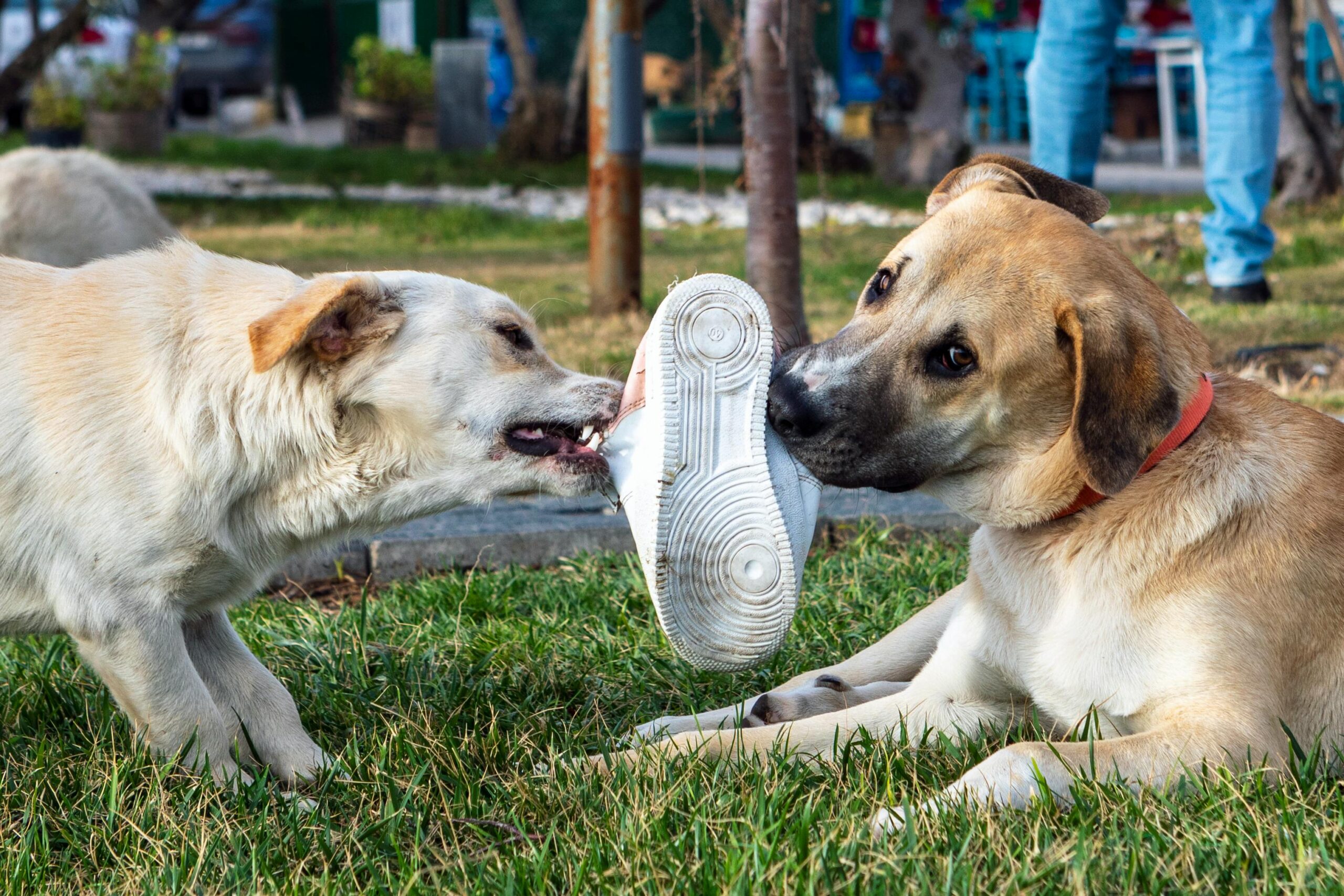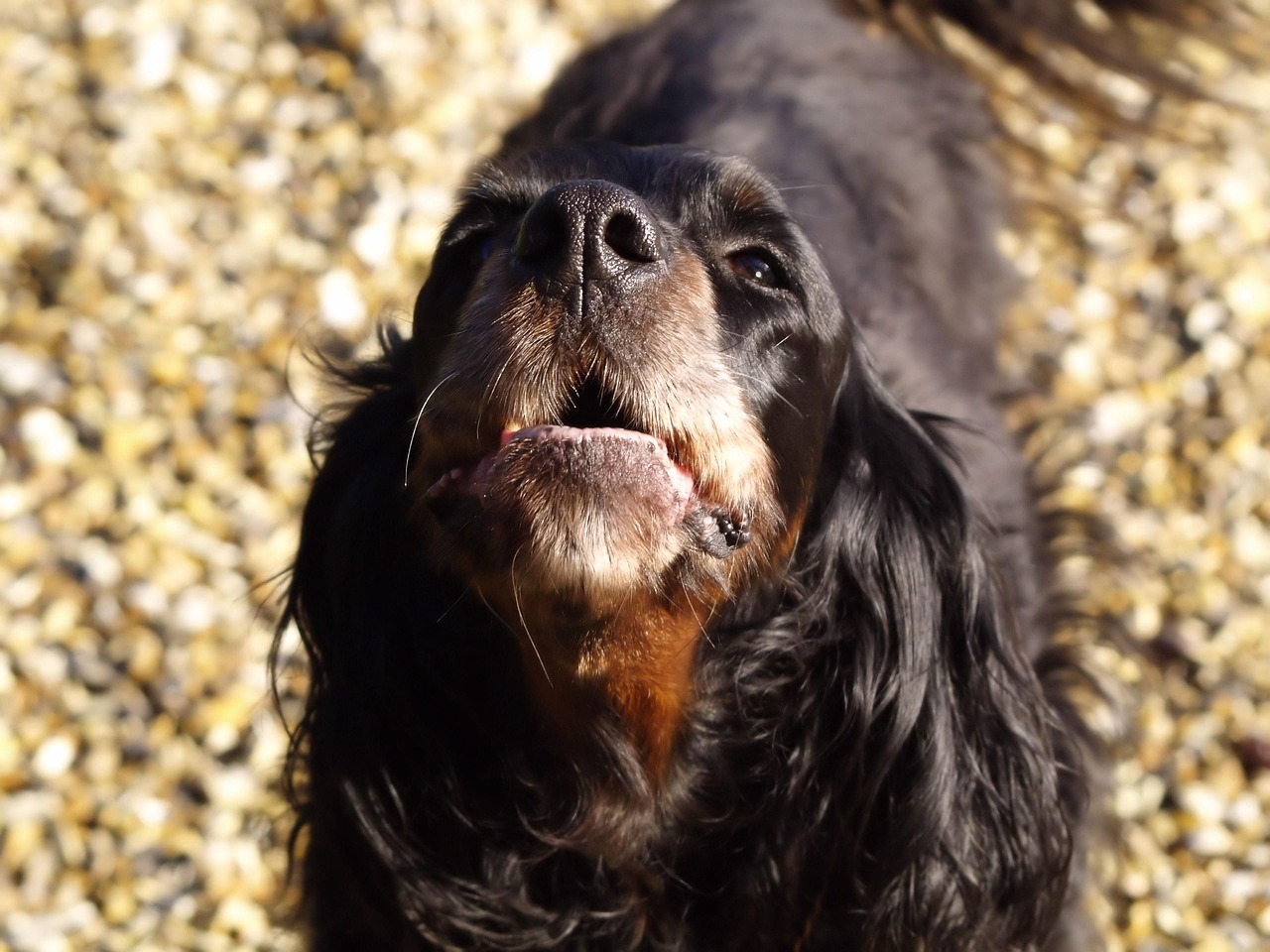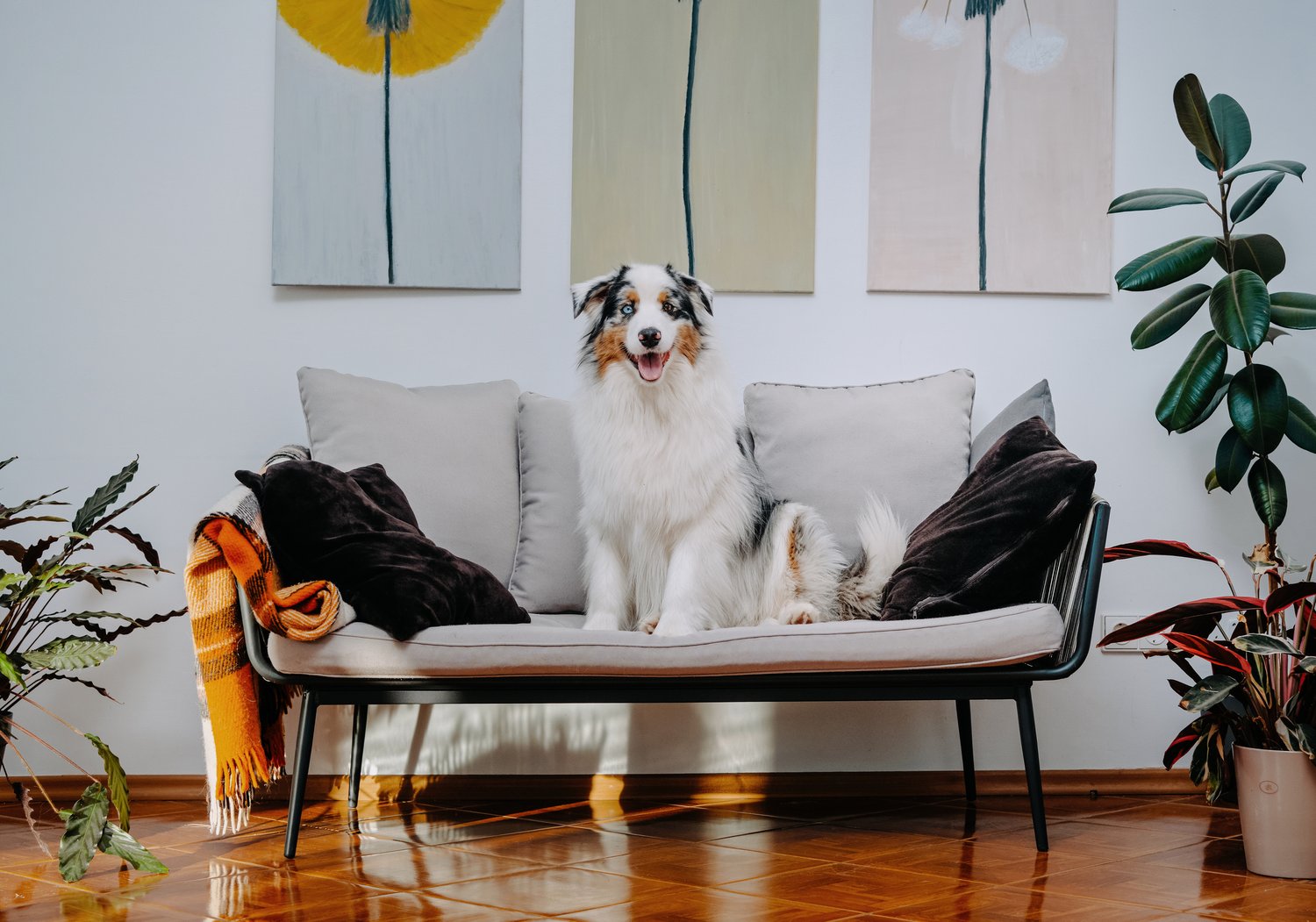Destructive chewing can turn your favorite shoes, furniture, or baseboards into daily stress points. But while it may seem like bad behavior, chewing is a natural activity for dogs—especially when they’re bored, anxious, or under-exercised. The key is to understand the root cause and redirect the behavior in healthy ways. Whether you’ve got a teething puppy or an adult dog suddenly destroying your home, the right strategies can help you take back control.
Why dogs chew in the first place
Chewing is a normal and even beneficial behavior for dogs. It keeps their jaws strong, helps with dental health, and relieves stress or boredom. Puppies especially chew while teething to soothe their gums. Adult dogs may chew to self-soothe, release pent-up energy, or gain attention. The problem starts when that instinctive behavior targets items like couches, cords, or personal belongings. Once destructive chewing becomes a habit, it can be tough to break—unless you tackle both the behavior and its cause.
Identify triggers for destructive chewing
Before you can solve the problem, pay attention to when and where your dog chews the most. Is it when you leave the house? That could point to separation anxiety. Is it at the same time each day? They may be bored or under-stimulated. Does it only happen in certain rooms? You might need to block access or limit temptation. Identifying triggers helps you tailor your solution. It also ensures you’re not just punishing the chewing, but addressing what’s driving it.
Provide appropriate chewing outlets
If your dog needs to chew, give them something better to chew on. Choose sturdy, high-quality chew toys made from rubber, nylon, or other safe materials that match your dog’s chewing strength. Offer a variety of textures and rotate toys frequently to keep them interesting. For puppies, frozen carrots or wet washcloths can also help with teething pain. Reward your dog when they chew approved items to reinforce positive behavior.
Increase exercise and mental stimulation
Destructive chewing often goes hand in hand with boredom or excess energy. Make sure your dog gets enough physical exercise and mental stimulation for their breed and age. Long walks, games of fetch, agility training, or puzzle toys can tire them out and reduce the urge to chew. A tired dog is a well-behaved dog—so schedule in regular playtime or brain games to keep them busy and satisfied.
Use deterrents and dog-proofing
In addition to encouraging the right behaviors, discourage the wrong ones. Use bitter-tasting sprays like Grannick’s Bitter Apple on furniture legs or baseboards to make chewing less appealing. Keep tempting items like shoes, bags, or kids’ toys out of reach. Baby gates or crate training can help limit your dog’s access to unsupervised areas. Over time, your dog will learn what’s off-limits and what’s okay to chew.
Rule out underlying health issues
If your dog’s chewing habits have changed suddenly or seem compulsive, it’s worth talking to your vet. Pain, dental issues, or even digestive problems can cause dogs to chew or lick excessively. Anxiety or other behavioral disorders may also be at play, especially in adult rescue dogs or dogs with trauma. A professional can help rule out health concerns and recommend behavior plans if needed.
Stay patient and consistent
It takes time to correct chewing behavior—especially if it’s been reinforced for a while. Avoid scolding your dog after the fact; they won’t understand what they did wrong. Instead, catch them in the act and redirect them to an approved toy. Always reinforce positive chewing choices with praise, treats, or play. Consistency is key, so everyone in the household should follow the same rules and use the same language when correcting behavior.
Chewing solutions that match your home and lifestyle
If you’re balancing pet ownership with a well-designed home, solutions that are both functional and stylish can make a big difference. Opt for pet-safe furnishings, designated dog zones, and durable materials in high-traffic areas. Not only does this protect your home—it also sends clear signals to your dog about what’s theirs to chew and what’s off-limits. Thoughtful design can be just as helpful as good training when managing chewing.
When to seek professional help
If you’ve tried it all and your dog still chews destructively, a certified dog trainer or behaviorist from AskHomey may be able to help. These experts can tailor a plan to your dog’s specific needs and coach you through consistent training methods. Sometimes the solution is simple; other times, it requires more structured behavior modification. Getting support early can save you time, frustration, and expensive home repairs.
Follow AskHomey for more dog-friendly home tips
Managing destructive behavior is part of being a responsible dog owner—but you don’t have to figure it out alone. For more advice on creating a pet-friendly home that works for both you and your furry family members, follow AskHomey on Instagram and Facebook. We share helpful tips, DIY ideas, and home inspiration designed with pet lovers in mind.



